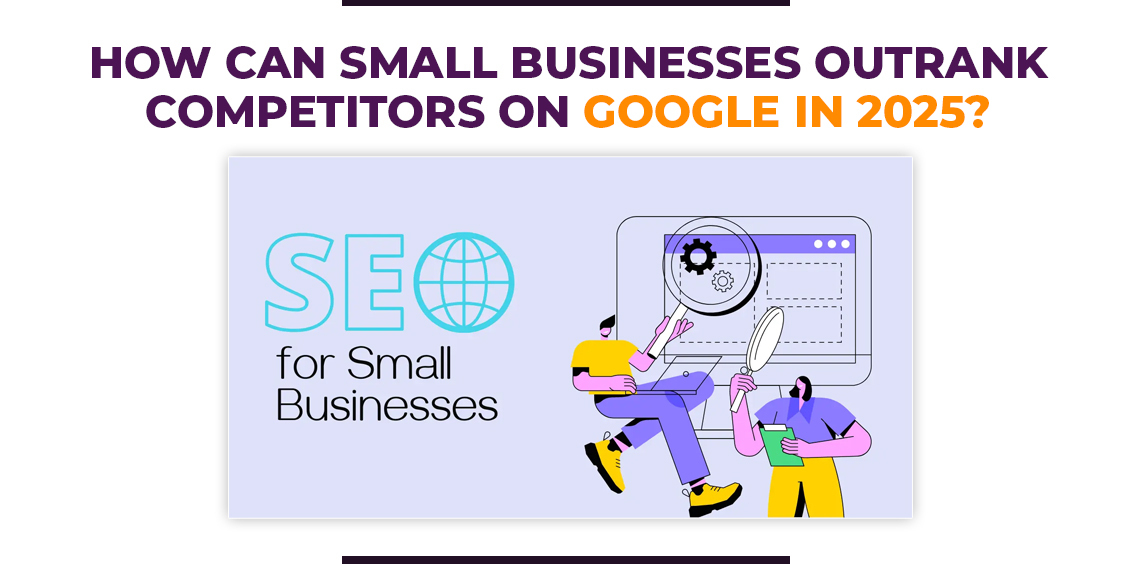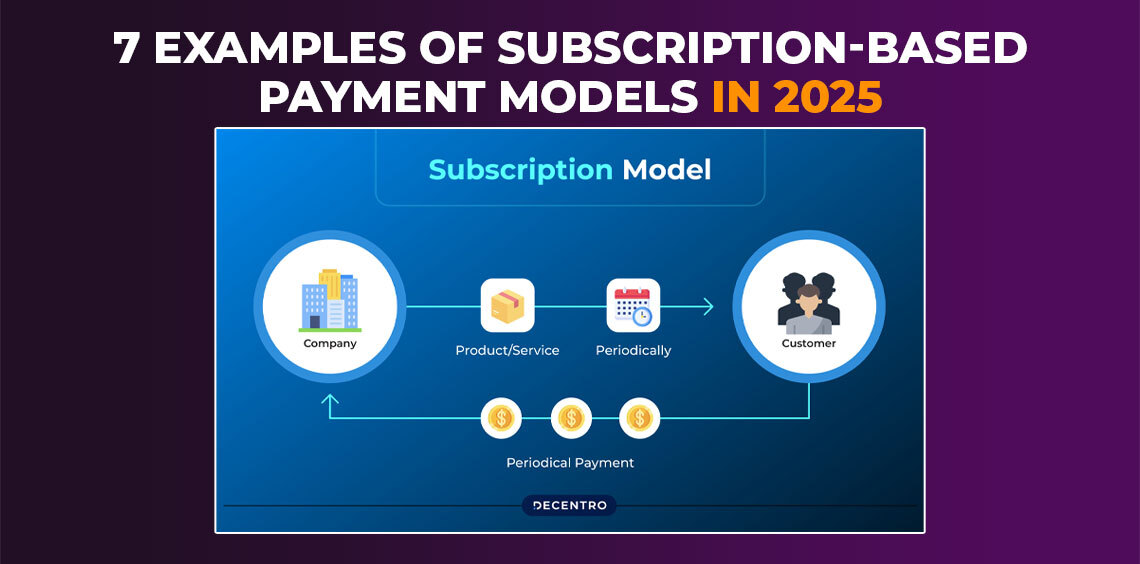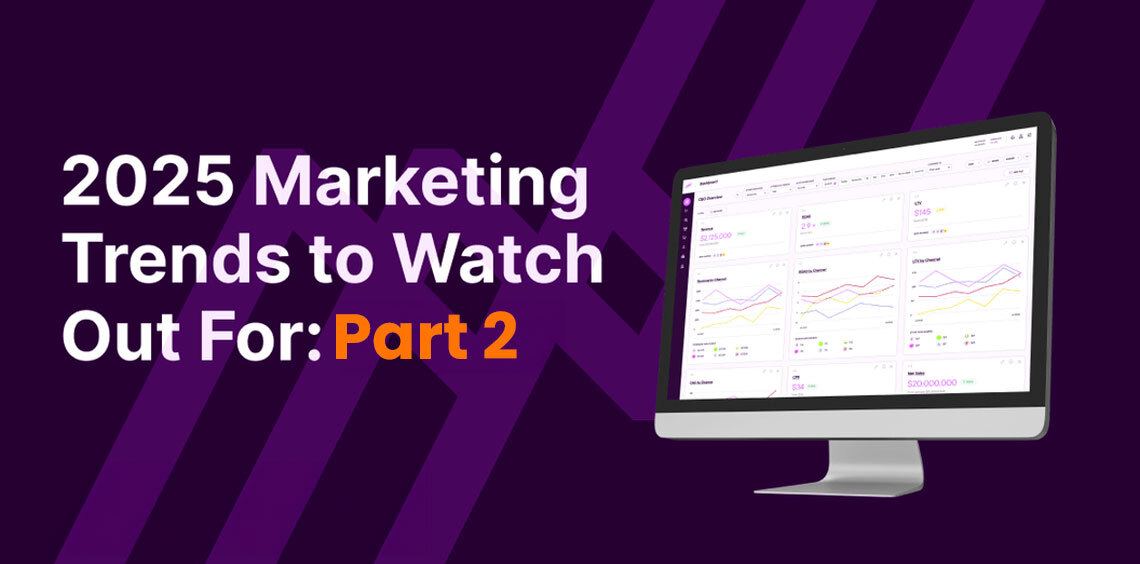Are you frustrated because your website isn’t ranking higher on search engines, even after spending hours on SEO?
As a business owner or marketer trying to grow your online presence, you’re probably asking yourself this question: “How long does it take to see results from SEO?”
It is totally natural to feel disheartened when the effort you put into optimizing your site doesn’t produce the immediate results you were hoping for. But here’s the reality: SEO is a long-term strategy, and results don’t appear overnight.
In the SEO world, it’s often said that you can start seeing noticeable results from your efforts within 3 to 6 months. However, this is just a general estimate, and the actual timeline can vary quite a bit depending on various factors.
In this blog, we will look at how long it takes to see SEO results, what factors influence the timeline, and how you can take action to speed up the process. Stay tuned, and you will get a clear picture of what to expect on your SEO journey!
Table of Contents
ToggleKey Takeaways:
If you’re short on time, no worries! Here are the key takeaways from this blog—just read through these to get the main insights.
- What Are the Factors Affecting SEO Timeline? Factors like keyword competition, site structure, content quality, and backlink strength impact how quickly you see SEO results. Understanding these helps set realistic expectations.
- What Can I Expect in the Short Term? In the short term, expect to see initial results within 1 to 3 months, such as increased traffic and improved rankings. These indicators show your SEO efforts are taking effect.
- What Can I Expect in the Long Term? Long-term results typically appear within 3 to 6 months, leading to sustained traffic growth and higher keyword rankings. This period allows for increased site authority.
- What are our objectives? Key objectives include increasing organic traffic, enhancing brand awareness, and boosting conversions. These goals will guide your SEO strategy and measure success.
- SEO takes time: Expect to see noticeable results within 3 to 6 months.
- Several factors influence your timeline: Keyword competition, site structure, content quality, and backlink strength all play a role.
- Patience and consistency are key: Regular updates, quality content, and ongoing optimization can accelerate success.
Let’s start with understanding your main objective for implementing SEO.
What are our objectives with SEO?
First and foremost, to effectively support your clients in their SEO efforts, it’s crucial to clarify and adjust their goals. Many businesses focus on improving rankings for competitive keywords, often leading to unrealistic goals that can take years to achieve.
Key Strategies:
- Broaden Keyword Focus: Shift attention to longer, less competitive long-tail keywords that can deliver better conversion rates as they attract users closer to purchasing.
- Conduct Keyword Gap Analysis: Identify gaps in the market to help the business stand out and reach its unique audience.
- Diversify Traffic Sources: Exploring new and expanding existing keywords helps stabilize organic visibility. If short-tail rankings fluctuate, long-tail keywords can help maintain traffic levels.
Setting Realistic Expectations
The best way to manage client expectations is to aim for gradual growth in organic traffic and conversions. By focusing on results from a larger number of pages, you can reduce the stress of monitoring slow progress on just a few keywords. This approach encourages patience and fosters a more sustainable SEO strategy.
Note: In most cases, SEOs need four months to a year to help your business first implement improvements and then see potential benefit.
— Maile Ohye, Google
What Are the Factors Affecting SEO Timeline?
1. Your Strategy
Without a well-thought-out SEO strategy, it’s difficult to see results, let alone achieve them quickly. It’s essential to identify the right tactics for your business and prioritize them based on your specific goals and needs.
For example, if you run an online clothing store, you might prioritize optimizing product pages for seasonal keywords like “summer dresses” or “winter jackets.” A solid SEO strategy should focus on:
- Content quality: Ensure that your content is relevant, engaging, and valuable.
- Keyword optimization: Target the right keywords based on user intent.
- Technical SEO: Ensure your website is fast, mobile-friendly, and well-structured.
- Backlink building: Earn high-quality links from authoritative sites.
A key part of your strategy should involve analyzing competitors. For instance, if other sites are outranking you for your target keywords, assess why. Are their pages loading faster? Do they have more detailed content or better internal linking? Addressing these gaps will help improve your rankings.
2. Website Age

If your website is new, it will usually take more time to gain visibility in search results compared to older sites that already have a solid history of quality content and backlinks. Here’s a bit more information as to why age and authority matter…
Age
- Trust and Credibility: Older websites are often seen as more trustworthy by search engines because they’ve had more time to establish their value. This can give them an edge in rankings, especially for competitive keywords.
- Indexing and Crawling: When a new website launches, it needs to be discovered and indexed by search engines, which can take some time. Initially, search engines might crawl your site less frequently, but as your site matures and you regularly publish fresh content, crawlers will visit more often, leading to quicker indexing of new pages.
- Historical Data: Older websites have a history of performance and user engagement that search engines can analyze. This track record helps search engines determine the site’s relevance and user experience, which can positively influence rankings.
Authority
- Backlinks: The number and quality of backlinks your website has gathered are crucial to its authority. Backlinks act like votes of confidence from other websites, showing search engines that your content is valuable and trustworthy. Building a strong backlink profile takes time, so newer websites typically have fewer backlinks compared to more established ones.
- Content Quality and Quantity: A website with a large amount of high-quality, relevant content is more likely to be viewed as an authority in its niche. Consistently creating and publishing valuable content over time helps establish your site as a trusted resource.
- User Engagement: Metrics like how long visitors stay on your site, bounce rate, and click-through rate reveal how users interact with your website. High levels of engagement suggest that your content is valuable and relevant, which can boost your site’s authority and rankings.
3. Your Competition
“If a battle cannot be won, do not fight it.”
The level of competition in your industry significantly affects how long it will take to see SEO results. If you’re in a competitive market like tech or finance, it may take longer to rank for popular keywords. For example, in the tech industry, ranking for keywords like “best laptops” is difficult because big players like Amazon and Best Buy dominate these spaces.
In contrast, a less competitive niche—like handmade crafts or organic skincare—might allow for faster results because there’s less competition for specific keywords.
To better understand where you stand in relation to competitors:
- Analyze their SEO performance: Compare your website’s traffic and keyword rankings to theirs.
- Identify gaps: Look for areas where they’re outperforming you, such as backlinks, content depth, or page speed.
- Close the gaps: Work on improving these areas to give your site a better chance of competing.
Six Steps to Getting Started on Competitive Research
- Identify Main Competitors: Start by searching for your product or service online to discover competitors, including those you may not have noticed. Tools like Crunchbase or Product Hunt can help. Also, ask potential customers what services they already use.
- Analyze Competitors Presence: Examine competitors’ websites, blogs, and social media. Key questions to ask:
- How is the user experience?
- Is their website easy to navigate and mobile-optimized?
- What content are they publishing, and how often?
- Gather Information: Sign up for their email lists, follow their blogs, and interact as if you were a customer. This allows you to observe how they engage with their audience and understand their strengths and weaknesses.
- Track Your Findings: Use a simple spreadsheet to record each competitor’s details: company name, website, unique features, pros and cons, and social media links. Regularly update this as you monitor changes in their strategies.
- Check Online Reviews: Read reviews on social media, blogs, Google, and the Better Business Bureau. Focus on both positive and negative feedback to identify areas where you can improve.
- Identify Areas for Improvement: Use your research to pinpoint gaps in your own approach. Ongoing observation ensures you adapt to market changes and outperform your competitors.
4. Your Resources
The time and money you invest in SEO significantly influence how quickly you can achieve results. Here’s how:
- Faster Implementation: With adequate resources, you can make SEO changes more quickly and efficiently.
- Access to Quality Tools: Investing in effective SEO tools enables you to track performance and uncover improvement opportunities.
- Hiring Expertise: Bringing in experienced SEO professionals can expedite the optimization process and enhance your strategy.
However, it’s crucial to allocate these resources wisely:
- Focus on Quality Content: Prioritize creating valuable, in-depth content that addresses your audience’s needs over producing a large volume of mediocre posts.
- Build Quality Backlinks: Aim for high-quality backlinks from reputable sites rather than accumulating numerous low-quality links.
- Prioritize Key Technical Tasks: Invest in essential technical SEO aspects, such as site speed and mobile optimization, to improve user experience and search visibility.
Effectively managing your resources is essential for accelerating your SEO success.
5. Your Execution Plan
Having a top-notch SEO strategy is meaningless if it isn’t put into action. Execution is crucial to turning your plans into results. Here’s how to make sure your SEO efforts pay off:
- Consistency with Tools: Regular execution of your SEO tactics is crucial. Use tools like SEMrush, Ahrefs, or Moz to track keyword performance, identify optimization opportunities, and monitor backlinks. Tools like Yoast SEO or Rank Math can help maintain consistency in on-page optimization across your site. By staying consistent, your site will maintain momentum, improving your chances of ranking higher.
- Real-Time Progress Monitoring: Using analytics tools like Google Analytics and Google Search Console allows you to monitor SEO performance in real time. They help you track organic traffic, keyword rankings, and user behavior. Tools like Screaming Frog can also assist in diagnosing technical SEO issues. This data gives you insight into what’s working and where your strategy needs adjustment.
- Adaptability to New SEO Trends: SEO trends and algorithms evolve constantly. For instance, AI-driven search like Google’s Bard and voice search optimization are becoming more prominent in 2024. Additionally, Core Web Vitals and page experience signals are critical for SEO success. Be prepared to refine your strategy based on these emerging trends, competitor analysis (using tools like SpyFu), or shifts in user intent.
- Team Collaboration and Automation:Tools like Trello or Asana help teams collaborate effectively on SEO tasks. Ensure everyone involved—from content creators to developers—understands their role in executing the SEO plan. Additionally, consider automating certain repetitive SEO tasks (like reporting or updating old content) using tools like Zapier or SurferSEO to ensure the team stays on track.
Effective execution is essential for turning your SEO strategy into real-world success. The more consistently you apply your tactics, the faster you’ll likely see positive results.
Learn more about the key differences between SEO and SXO and how you can use both for optimal results in our detailed guide: SEO vs. SXO: What’s the Difference and How to Leverage Both?
How to get SEO Results Faster
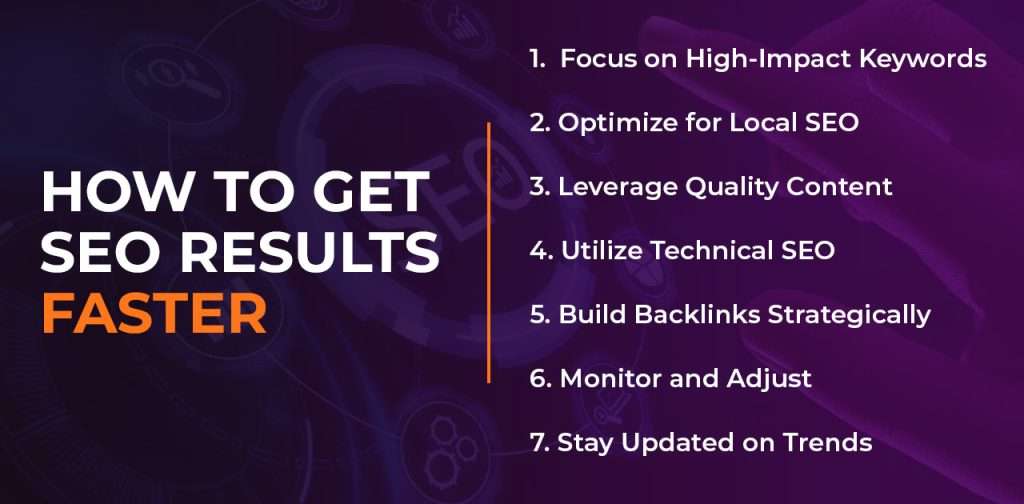
If you’re looking to accelerate your SEO success, implementing the right strategies can make all the difference. Here are some effective approaches to achieve quicker results:
1. Focus on High-Impact Keywords
- Identify Long-Tail Keywords: Use tools like Google Keyword Planner or Ahrefs to discover specific phrases that align with your niche.
- Example: Instead of targeting a broad term like “shoes,” aim for “comfortable running shoes for women,” which attracts more targeted traffic.
2. Optimize for Local SEO
- Enhance Your Google My Business Profile: Ensure your profile is complete with accurate information, engaging descriptions, and high-quality images.
- Encourage Customer Reviews: Positive reviews can significantly boost your visibility in local searches.
- Example: Use location-based keywords such as “best pizza in [your city]” to attract nearby customers.
3. Leverage Quality Content
- Create Valuable Content: Develop how-to guides, listicles, and informative articles that answer common questions in your industry.
- Regularly Update Existing Content: Refresh old articles with new information to keep them relevant and engaging.
- Example: Write a comprehensive guide like “10 Tips for First-Time Home Buyers” that can be shared and linked to by others.
4. Utilize Technical SEO
- Improve Page Speed: Optimize images, reduce server response times, and leverage browser caching to enhance load times.
- Ensure Mobile Responsiveness: Make sure your site is easy to navigate on mobile devices.
- Organize Site Structure: Use a clear hierarchy and effective internal linking for better navigation.
- Example: A website that loads in under three seconds can reduce bounce rates and improve user experience.
5. Build Backlinks Strategically
- Acquire High-Quality Backlinks: Focus on earning links from authoritative sites in your industry.
- Engage in Guest Posting: Write articles for reputable blogs to gain exposure and valuable backlinks.
- Example: Collaborate with an industry influencer to publish a guest post on their site.
6. Monitor and Adjust
- Track Performance with Analytics Tools: Use Google Analytics or SEMrush to analyze your traffic and keyword performance.
- Make Data-Driven Adjustments: Identify which keywords are driving traffic and optimize pages that aren’t performing well.
- Example: If a specific blog post isn’t gaining traction, enhance it with visuals or more detailed information.
7. Stay Updated on Trends
- Follow SEO News: Regularly check reputable SEO blogs and industry updates to keep informed about changes and trends.
- Be Adaptable: Adjust your strategy based on the latest trends and algorithm updates.
- Example: If mobile-first indexing becomes standard, prioritize optimizing your website for mobile users.
Want your website to shine at the top of search results? Don’t let your competitors take the lead! Reach out to us today, and let’s work together to elevate your online presence and grow your business!
How to Optimize Your SEO Timeline
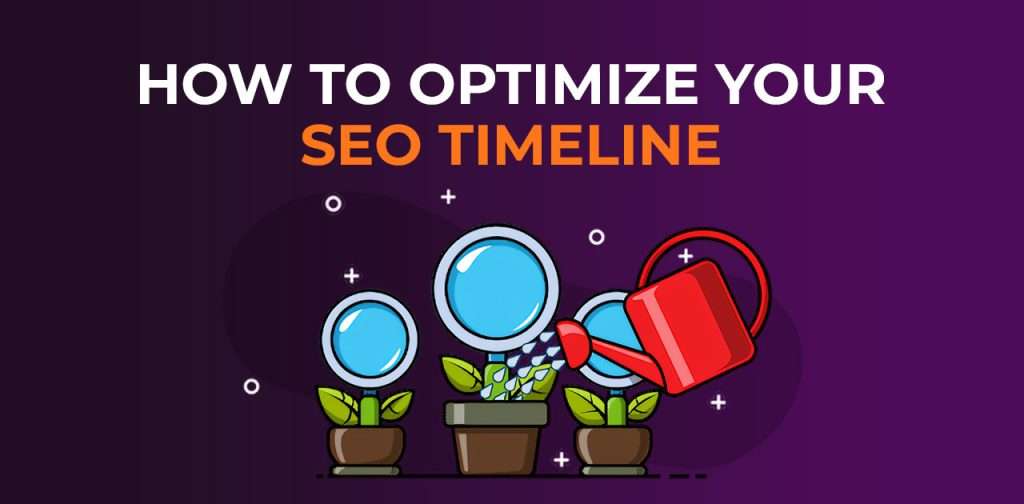
While six months may seem like a long wait compared to PPC advertising, it’s important to use that time effectively. Below is a sample SEO timeline to illustrate how SEO professionals typically allocate their efforts.
Note: This timeline is a general guide; your specific timeline may vary based on your website’s unique needs.
Month 1: Initial Setup
- Tools: Set up essential tools like Google Analytics 4 and Google Search Console.
- Crawling & Indexing: Verify that your site is being crawled and indexed correctly.
- SEO Audit: Conduct a thorough SEO audit to identify opportunities at both the site and page levels.
- Competitor Analysis: Evaluate the performance of your competitors.
Month 2: Addressing Key Issues
- Fix Critical Issues: Prioritize and resolve the most pressing SEO issues identified in your audit.
- Local Listings: Claim or set up your Google Business Profile and Bing Places listing.
- Keyword Research: Research and incorporate relevant keywords into your most valuable pages.
Month 3: Keyword Mapping & Content Development
- Keyword Mapping: Implement keywords on other key pages of your site.
- Backlink Strategy: Research topics for backlink building and start creating related content.
- Ongoing Issues: Continue addressing SEO issues based on their severity and impact.

Month 4: Performance Evaluation & Outreach
- Issue Resolution: Keep resolving SEO issues based on priority.
- Performance Review: Evaluate your SEO performance so far.
- Content Outreach: Reach out to relevant sites with the content developed in Month 3.
Month 5: Optimization and Content Expansion
- Ongoing Optimization: Continue optimizing your most valuable pages.
- Content Development: Develop new content topics aimed at attracting more search users.
Month 6: Review and Strategy Planning
- Performance Evaluation: Assess your SEO performance over the past six months.
- Future Strategy: Plan your SEO strategy for the next quarter based on your findings.
By following this timeline, you can ensure that your SEO efforts are organized and focused, ultimately leading to more effective results.
Work with an Expert SEO Company
Unlock your business’s full potential by partnering with Ellington Technologies, the leading expert in SEO solutions. Experience tailored strategies and proven results that elevate your online presence and drive sustainable growth!
FAQS
What Can I Expect in the Short Term?
Although major ranking improvements may take a few months, you could start noticing some positive changes sooner:
Increased Crawl Rate: As you optimize your site, search engines may visit more often, indexing new content and recognizing the improvements you’re making.
Better User Experience: Enhancements like faster loading times and improved mobile friendliness can lead to a better user experience, boosting engagement even before you see significant ranking changes.
Rankings for Long-Tail Keywords: You might see quicker progress in ranking for less competitive, long-tail keywords, which can still bring valuable traffic to your site.
What Can I Expect in the Long Term?
Over time, consistent SEO efforts can lead to:
Higher Organic Traffic: As your rankings improve, more people will find your site through search engines, boosting your visitor numbers.
Better Quality Leads: You’ll attract users who are actively searching for what you offer, which can lead to higher conversion rates.
Increased Brand Visibility: A strong online presence helps build brand awareness and credibility, making your brand more recognizable and trusted.
How Long Does It Take to See Results from Local SEO?
When it comes to local SEO, the timeline for seeing results can vary. Generally, you might start noticing improvements in your local search rankings within a few weeks to several months.
Less Competitive Industries: If your business operates in a less competitive industry or a smaller geographic area, you may experience quicker results—often within just a few weeks of implementing effective local SEO strategies.
Competitive Markets: In more competitive industries or larger cities, it may take a few months to see significant changes.
Remember, local SEO is an ongoing process. Consistent efforts in optimizing your Google My Business listing, gathering customer reviews, and building local backlinks can lead to sustained improvements over time.
Final Words
In the world of SEO, patience and consistency are key. While the journey to higher rankings and increased traffic can take time, the rewards are well worth the effort.
In addition to raising your search engine rankings, you can draw in the right audience and establish enduring brand credibility by concentrating on producing high-quality content, optimizing your website, and developing a strong online presence.
Remember, SEO is a long-term investment, and with consistent effort, you’ll see your hard work pay off in the form of sustained growth and success.
We hope that this comprehensive guide has provided valuable insights to help you navigate the journey ahead.



